How Long is a Basketball Court
Basketball is one of the most widely played and universally loved sports in the world. From school gyms and neighborhood courts to professional arenas, the game brings people together with its blend of skill, speed, and strategy. But whether you’re a player, coach, or casual fan, one common question arises: how long is a basketball court? The answer can vary depending on the level of play, the organization governing the game, and even the venue’s purpose. In this article, we’ll take an in-depth look at basketball court dimensions, why court length matters, how it affects the game, and what you need to know if you’re installing one at home.
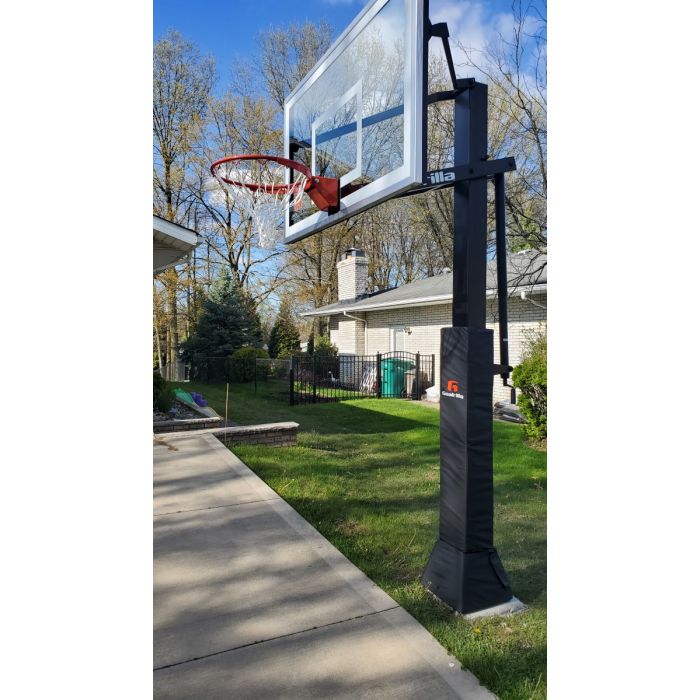
Understanding Regulation Court Lengths
To understand how long is a basketball court, it’s important to start with regulation standards. In professional and collegiate play, court dimensions are standardized to ensure fairness and consistency across games. The length of the court directly affects game flow, spacing, and strategy.
In the NBA (National Basketball Association), the official court length is 94 feet from baseline to baseline. This measurement is consistent across all NBA arenas and used for international competitions governed by FIBA (with minor differences in width).
College basketball in the United States also uses the 94-foot length for both men’s and women’s games. This dimension helps players train consistently and prepares them for the professional level.
However, not all courts follow this size. High school basketball courts in the U.S. are slightly shorter, measuring 84 feet in length. Meanwhile, middle school and youth courts may range from 74 to 80 feet, depending on space, league guidelines, and player age.
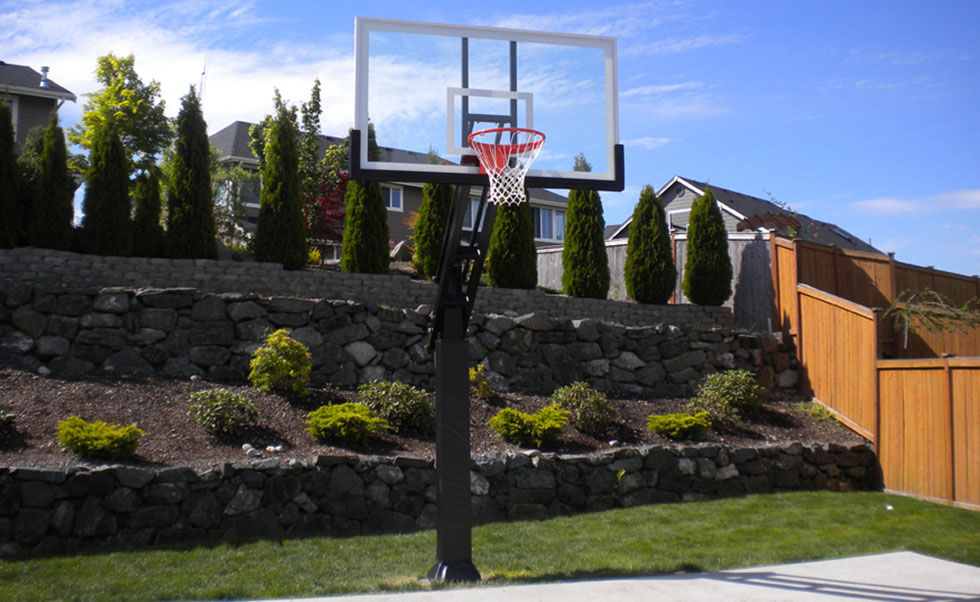
Why Court Length Varies by Level
The question of how long is a basketball court doesn’t have one universal answer because court size is intentionally adjusted to match the physical development and skill levels of the athletes.
High school players, while often highly skilled, do not yet possess the speed, stamina, and strength of college or professional athletes. The reduced court size helps maintain balance and keeps the game engaging without overexerting young athletes. Similarly, in youth basketball, smaller courts promote more ball contact, shorter passes, and better developmental opportunities.
As players progress, longer courts present more space for offensive and defensive schemes, fast breaks, and endurance. These differences are built into league rules and affect everything from coaching to training to game strategy.
Impact of Court Length on Gameplay
Knowing how long is a basketball court is more than just understanding numbers on a diagram. The length of the court shapes how the game is played. A longer court demands more cardio endurance, creates more spacing between players, and changes how teams approach both offense and defense.
In professional basketball, the full 94-foot length allows for more elaborate plays and fast transitions. Teams that thrive on speed use the extra space to push the pace, while defensive-minded teams may benefit from a longer retreat and setup window. Even subtle differences in length — such as moving from 84 to 94 feet — can impact a team’s timing, ball movement, and player rotation.
At younger levels, shorter courts reduce fatigue and allow players to focus on developing fundamentals rather than battling exhaustion. Coaches often use this to emphasize proper positioning and controlled pace.
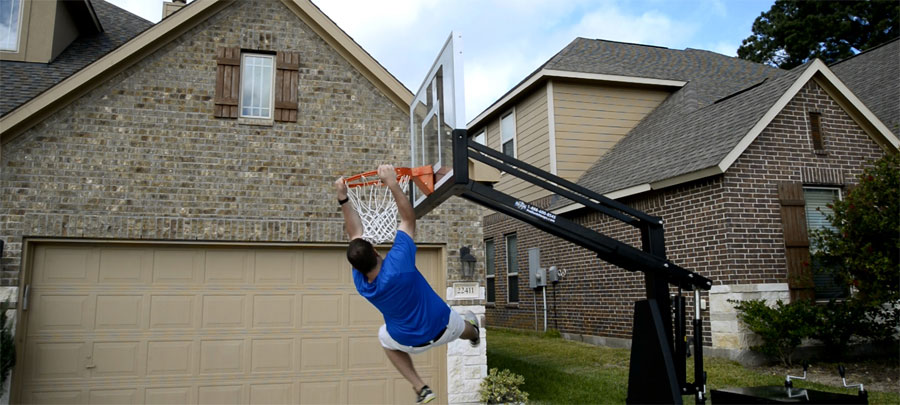
Width and Other Dimensions to Consider
While the focus of this article is how long is a basketball court, the width is equally important. Regulation NBA and NCAA courts are 50 feet wide, while high school courts are typically 42 feet wide. Youth courts may be even narrower.
These differences affect not only movement but also the dimensions of key areas like:
- The three-point line
- The free-throw lane (paint)
- The center circle and key spacing zones
A wider court allows more room for screens, cuts, and player isolation. It also challenges defenders to cover more ground. In smaller gyms with limited width, offenses are often more compact, and defensive strategies must adapt accordingly.
How to Measure a Basketball Court
If you’re curious about how long is a basketball court in your school gym, neighborhood park, or home setup, measuring it is simple. Use a measuring tape or measuring wheel to go from one baseline (behind the hoop) to the opposite baseline. This will give you the court length.
You can also measure width from sideline to sideline. When checking whether a court meets regulation standards, also look at the markings on the floor. Are the free throw lines 15 feet from the basket? Is the three-point arc at the correct radius? These details confirm the court’s intended level of play.
If you’re building or installing a new hoop system, measuring accurately is the first step to ensuring proper play dimensions.
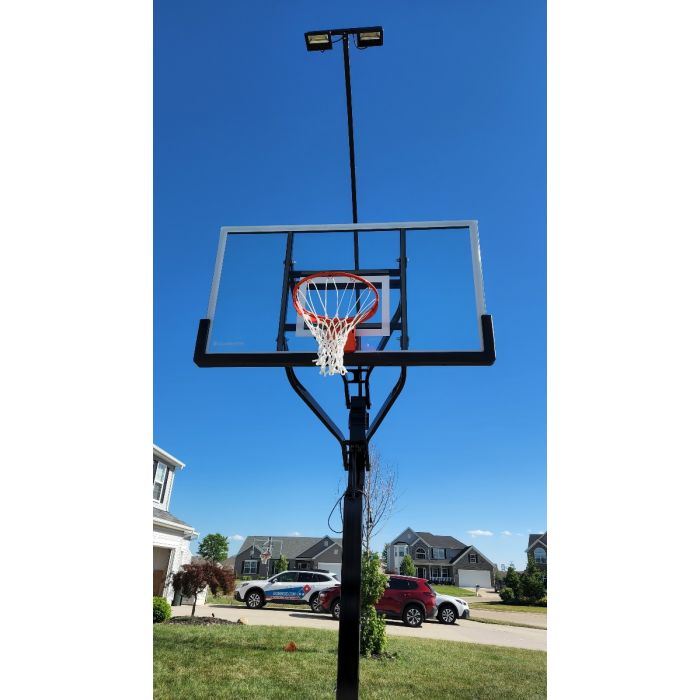
Installing a Home Basketball Court
For families who want to bring the game home, one common consideration is how long is a basketball court when installed in a backyard or driveway. Full-size courts aren’t always realistic — but you can still create a highly functional play space.
A half-court setup is the most common choice for home installations, with lengths typically ranging from 42 to 50 feet. Widths are often scaled down as well, depending on available space. For practice, training, or just shooting around, even a 20-foot length can provide value.
When planning your own court, it’s essential to think about:
- Intended use (practice vs. full games)
- Available space
- Playing surface (asphalt, concrete, or sport tiles)
- Hoops (wall-mounted, in-ground, or portable)
Even with space limitations, you can design a court that inspires activity and keeps kids engaged year-round.
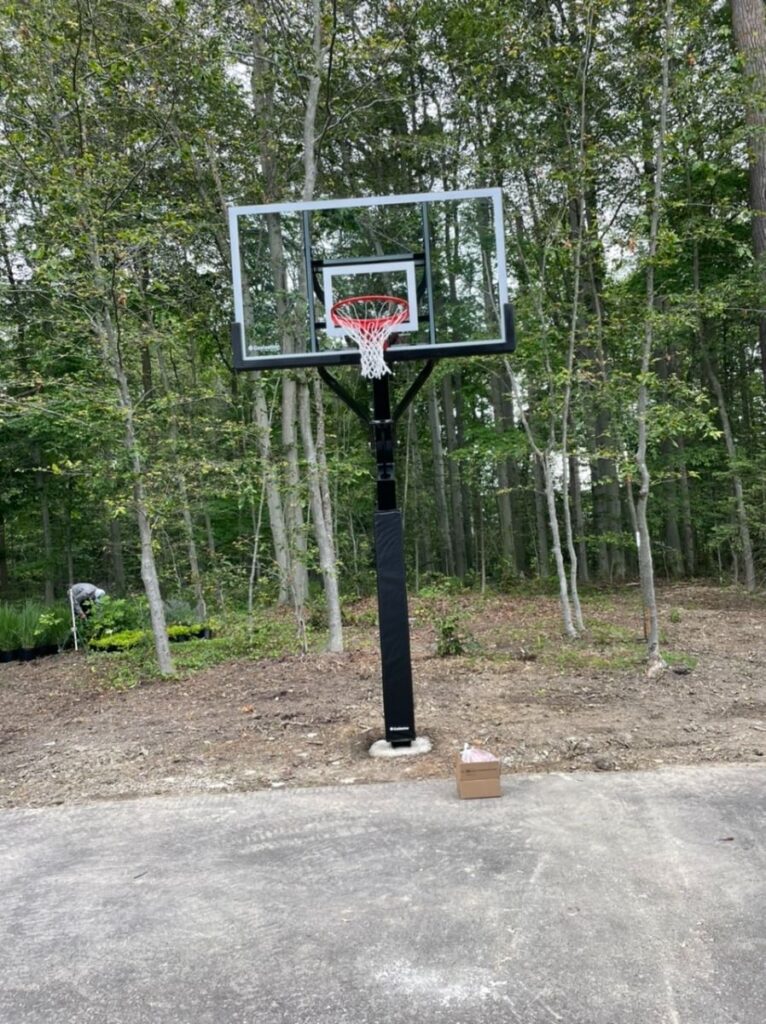
Materials and Surfacing Considerations
Beyond knowing how long is a basketball court, surface material affects bounce quality, foot traction, and injury prevention. Common materials for home courts include:
- Concrete slabs
- Asphalt
- Snap-together sports tile systems
These surfaces offer durability and relatively low maintenance. However, professional indoor courts use hardwood floors, while outdoor pro facilities may use specialty synthetic coatings designed for traction and weather resistance.
The material you choose will depend on your budget, climate, and performance goals.
Court Dimensions Around the World
International basketball often prompts another version of the same question: how long is a basketball court in international play? Under FIBA (International Basketball Federation) regulations, the court measures 28 meters (approximately 91.9 feet) long and 15 meters (about 49.2 feet) wide.
While nearly the same as the NBA in total size, slight differences in three-point line distance and court markings distinguish FIBA courts from American ones. These variations are especially important in Olympic basketball and international competitions.
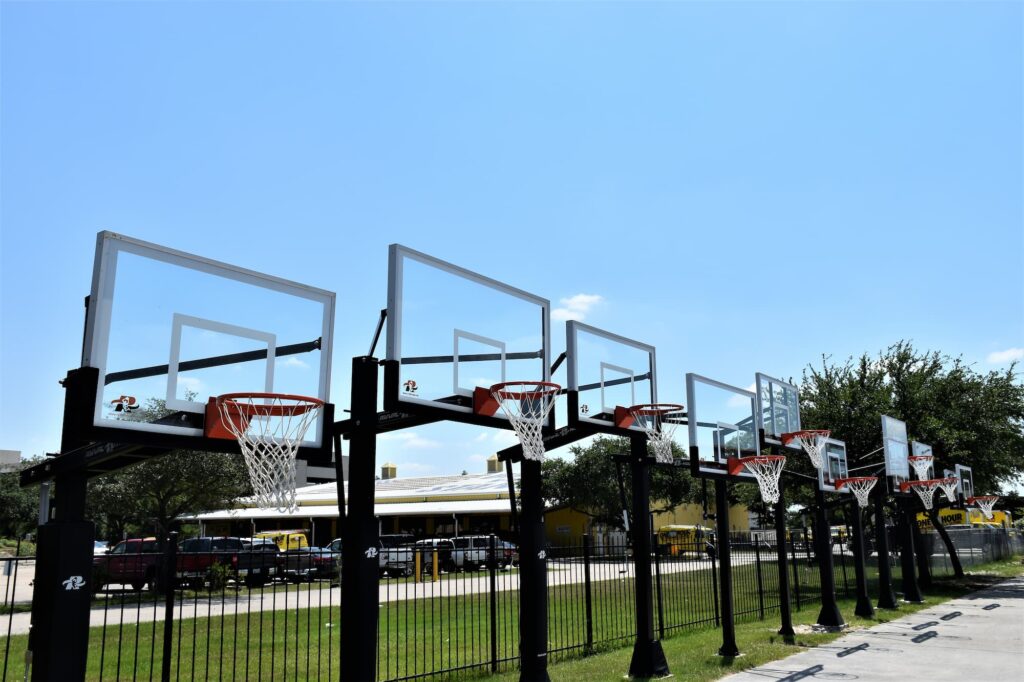
How Kids World Play Systems Supports Backyard Hoops
At Kids World Play Systems, we know that building a backyard basketball setup starts with understanding space and scale. Whether you’re planning a regulation half court or just adding a hoop near the driveway, our in-ground and adjustable basketball systems are designed to perform at any level.
We help families choose the right equipment, provide tips on surfacing and layout, and ensure every hoop we install meets your needs for safety and fun. When you’re ready to measure your space and get started, we’re here to assist every step of the way.
Conclusion
So, how long is a basketball court? The answer depends on the level of play — 94 feet for the NBA and NCAA, 84 feet for high schools, and shorter dimensions for youth leagues and backyard setups. Understanding court size isn’t just about numbers — it affects how the game is played, how athletes develop, and how you design a court that fits your space.
Whether you’re coaching a team, building a home setup, or just curious about court specs, knowing the right dimensions helps you make informed decisions. And with support from Kids World Play Systems, you can turn your knowledge into action — creating a basketball experience that’s fun, challenging, and built to last.
